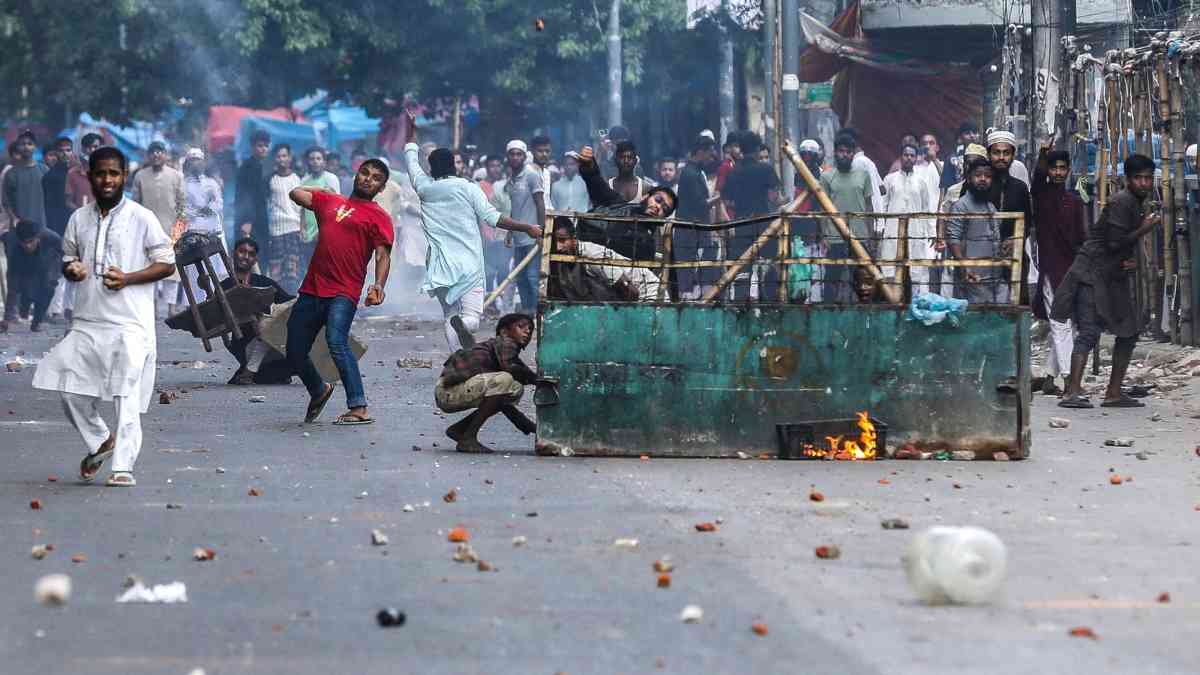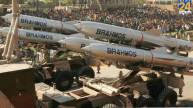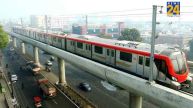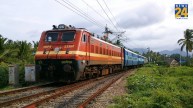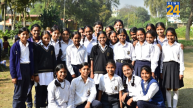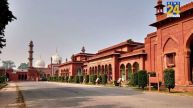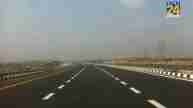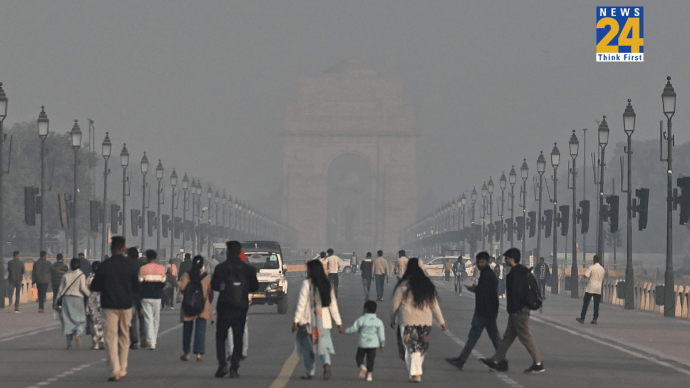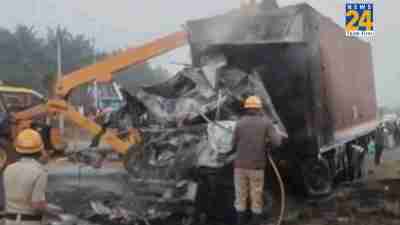Dhaka: According to a reports citing local media, Supreme Court Of Bangladesh has abolished the majority of quotas for government jobs, a move that follows student-led protests resulting in at least 133 deaths in the country. The court’s Appellate Division overturned a previous lower court decision that had reinstated the quotas, now mandating that 93% of government jobs will be filled based on merit, without any quota system.
Prime Minister Sheikh Hasina’s government abolished the quota system in 2018, but it was reinstated by a lower court last month, which led to protests and a subsequent government crackdown. The immediate reaction of the protesters to the Supreme Court’s decision is still uncertain.
A curfew has been imposed in Bangladesh, with a “shoot at sight” order granted by the government. The curfew extension came as authorities prepared for the Supreme Court hearing on job quotas. Soldiers patrolled the streets of Dhaka, the epicenter of the protests that escalated into clashes between demonstrators and security forces.
Since Thursday, internet and text message services have been suspended across Bangladesh, isolating the nation as police cracked down on protesters defying the public gathering ban. The curfew, initially extended to 3 p.m. (0900 GMT), is set to continue indefinitely, with a brief two-hour break for people to gather supplies.
Why are Bangladeshi students protesting?
The protests began last month after the High Court reinstated a quota system for government jobs, overturning a 2018 decision by Prime Minister Sheikh Hasina’s government to eliminate it. The 2018 move, which followed similar student protests, had removed a system reserving 30% of jobs for the families of freedom fighters from the 1971 war for independence from Pakistan. However, the Supreme Court suspended the High Court order following a government appeal and scheduled an August 7 hearing for the case. The protests intensified when Hasina refused to meet the students’ demands, citing the ongoing court proceedings. She also called the protesters “razakar,” an offensive term used for those who collaborated with Pakistan’s army in 1971.
Also Read: Pakistan Government To Ban Imran Khan’s Party, Igniting Political Turmoil
What is the quota system in Bangladesh?
Introduced in 1972, Bangladesh’s quota system has undergone several changes. When it was abolished in 2018, 56% of government jobs were reserved under various quotas. The majority of these quotas covered families of freedom fighters, with 10% each for women and residents of underdeveloped districts, 5% for indigenous communities, and 1% for the disabled. The protesting students demand the abolition of all categories except for the quotas for indigenous communities and the disabled.
What sparked the violence in Bangladesh?
The protests escalated into violence this week after clashes between anti-quota demonstrators and members of the student wing of Hasina’s Awami League party. Police responded with rubber bullets, sound grenades, and tear gas to disperse the protesters, who blocked railway tracks and major roads. As of now, the violence has resulted in 133 deaths.
Also Read: Psycho Killer Cuts, Mutilates, Stuffs Women; 42 Including Wife Slew Till Now

